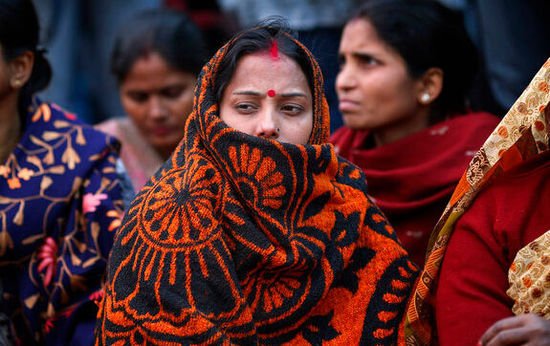Mental health made up just 0.06% of India's health budget in 2011; the median in countries of comparable development is 1.9%.
2011年印度医疗预算中,心理健康预算只占到0.06%;而在类似的中等发展中国家中,心理健康预算占到了1.9%。
Despite having a population more than 50 times bigger than Australia's, India has around the same number of psychiatrists (just 3,500) .
比如印度的人口超澳大利亚50多倍,但是精神科医生的数量却是一样的(仅3500名)。
Yet the reforms are unlikely to reduce India's suicide rate, which, adjusting for age, is almost double that of America.
根据年龄阶段判定,印度的自杀率几乎是美国的2倍,而这项改革对于印度自杀率几乎毫无帮助。
Researchers often attribute large numbers of suicides in Asian countries to “impulsive” acts in moments of crisis, rather than diagnosable mental disorders.
研究者经常把亚洲国家大量的自杀举动归咎于危险时刻的冲动行为而不是诊断为精神错乱。

Limiting access to pesticides, poisons that are close at hand for most rural Indians, may prevent such deaths, as it has in Sri Lanka.
在印度农村,轻易就能拿到杀虫剂,限制获得毒药的途径,可能会阻止一些死亡,因为在里斯兰卡就有这样的事。
Unlike many countries, India has no national suicide-prevention plan.
印度不像其他许多国家有国民自杀保护条例。
More can be done to break the taboos that prevent the depressed from opening up to friends and doctors.
因为法令禁忌的原因,几乎不能向他们朋友或者医生倾诉烦恼,从而走出低迷,而能够帮助这些人的,也就只要打破这项禁忌。
The big challenge is to improve the lot of India's young, among whom suicide is the leading cause of death.
自杀已经成为了印度年轻人死亡的主要原因,所以现在所面临的巨大挑战就是如何改变他们走向自杀的命运。
Suicide rates in Asia tend to shoot up as people enter old age; in India the opposite is true.
随着人口的老龄化,亚洲的自杀率在迅速上升;然而在印度情况却截然相反。
The suicide rate for women aged 15-29 is more than double that of any other country except Suriname (which has a large Indian population) and Nepal (which shares many cultural similarities) .
印度15-29岁女性的自杀率比除苏里南(大部分人口是印度人)和尼泊尔(文化之中有许多相似之处)外的亚洲国家女性自杀率的要高出两倍多。
In future they, and other Indians, may find it easier to seek psychological help without fear.
在不久的将来,这些女孩子们以及其他印度人也许可以不带恐惧地寻求心理医生的帮助。
But the world they are living in cannot be regulated away.












